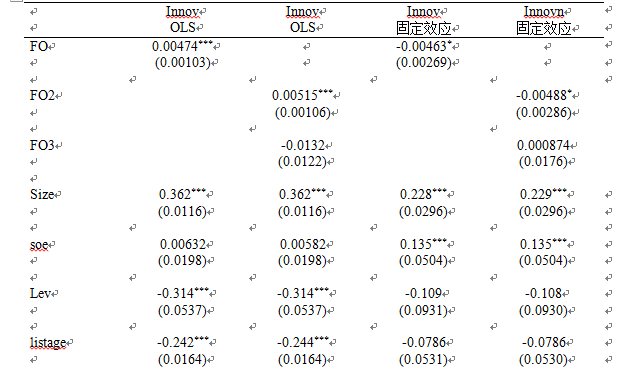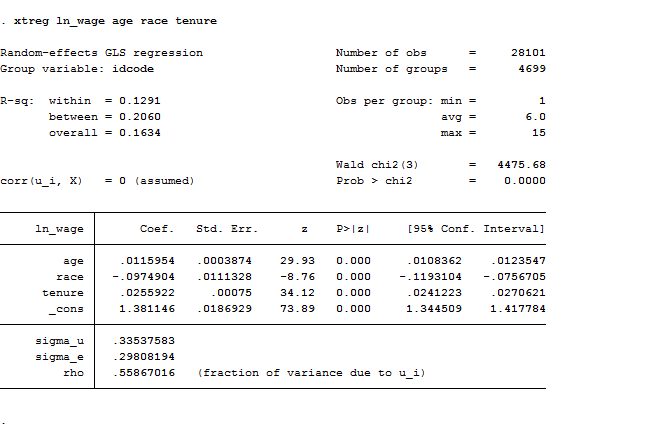

Sorting changes the order in which the observations appear. Make use of Stata’s destring command: destring, Eg: destring Age, replace ignore(NA) So you replace the original string data with the destringed data and are ignoring any variable that has a NAġ7 Step 4: Clean Data Example: Sorting the Observations and Variables Make sure “Import first row as variable names” is checked, then click okġ4 Step 3: Look at your Data Type describe to obtain some useful information about your dataset: String refers to data that has non-numeric characters (like saying male or female instead of 0/1) Will need to destring data if it is to change it to numeric so that you can run calculations on it To look at your data, type browseīlue text is labeled numeric variables So Gender will correspond to 0/1 but labeled as male female for descriptive purposes Red text is for character variables (called string variables in Stata)ġ6 Step 4: Clean Data Example: Convert Character variable to Numeric xls (Microsoft Excel Format) and other formats are compatible too csv (Comma Separated) is a common option. It will even store your regression output, which is handy to look at laterġ1 Step 2: Import Data File Import Choose appropriate option: Or by code: log using "/Users/jillfurzer/Documents/STATAtutoriallog.smcl” Saves as a smcl file Stata will now record everything you do (importing data, running commands, etc). logfile1), then click ok Stata will now record everything you do Importing data, running commands, store regression output, etc.

Regress y x Success! (if everything else is right) Regress y x error message Step 0: Double-click on the Stata icon Hint: commands show up as blue Hint: errors show up as redĩ Variables Window Review Window Results Window Command WindowĬan be arranged based on preferences Command Windowġ0 Step 1: Start a Log File File Log Begin:

Wide range of features to handle the problems faced with this data.Ĩ First Steps Case sensitive, so be careful: i.e. Survey of the same individuals over many years STATA particularly useful for Panel Data.
Xtreg stata series#
Usually in aggregated form, like rates or percentages over time Panel: Cross-sectional + Time series data. Time Series: Many points in time, but for one individual entity. Micro-data, surveys of persons, countries, etc. Interactive Menu driven Prior programming experience not required (can be helpful) Smooth learning curve Strong data set management toolĦ Review: Data Types Cross-sectional: A collection of observations in one time period. Interactive Menu driven Prior programming experience not required (can be helpful) Smooth learning curve Post-estimation Diagnostic Checks Advanced Topics in STATA STATA Resources Jill Furzer Institute of Health Policy, Management, and Evaluation Canadian Centre for Health Economics September 29, 2017Ģ Outline Why use STATA? Reading/Cleaning data Regression Analysis Presentation on theme: "STATA Tutorial September 29, 2017"- Presentation transcript:


 0 kommentar(er)
0 kommentar(er)
